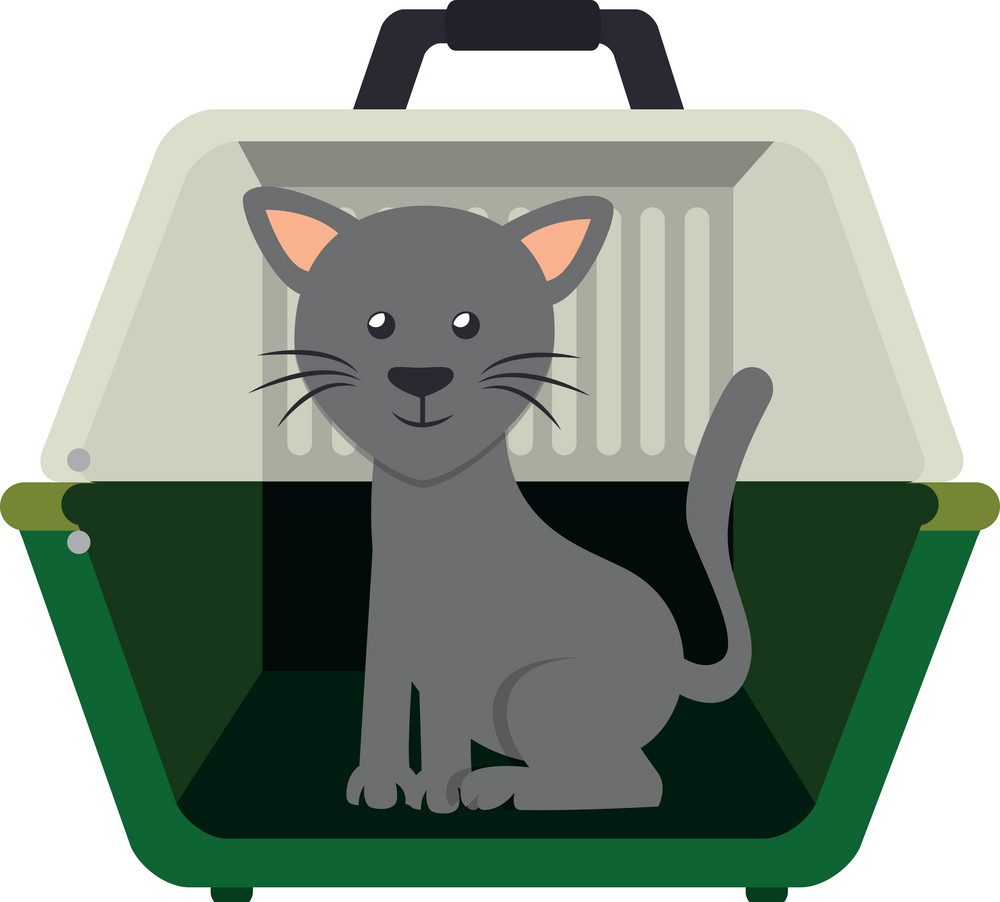Content Courtesy of AAHA;AAHA.org
Losing a loved one is never easy. Knowing your pet is nearing the end is bittersweet, because the grieving process often begins with a poor prognosis, but that also gives you time to create a special goodbye for your beloved companion. Celebrate a lifetime of love by treasuring your pet’s final moments and filling them with comfort and peace. Letting go is hard, especially if your pet suddenly falls incurably ill, but creating a plan gives you some control over this heartbreaking event. Consider the following tips to make your pet’s final days special.
Speak to your veterinarian
In veterinary medicine, euthanasia is an option for our patients, but it is a double-edged sword. Ending suffering is a wonderful gift, but owners often question whether the time is right. Most veterinarians will not say, “The time is now,” and instead will guide you toward your own decision. Your veterinarian can offer physical exam and diagnostic test findings, a prognosis, and a timeline of disease progression, but then, armed with the medical evidence, only you can decide the right time. You see your pet daily and only you can tell whether she’s having more bad days than good, whether she’s declining or holding steady, or if she’s simply tired and ready to let go. Following the 2016 AAHA/IAAHPC End-of-Life Care Guidelines, your veterinarian will help judge your pet’s quality of life and offer additional treatment options.
Reach out for support
Losing a pet is hard, whether you’ve been together since she was a newborn or you rescued her when she was older. Veterinarians often hear secret confessions that the pet is the most-loved family member, and they understand her passing is difficult. If you’re struggling with grief, reach out to your veterinary team, pet-loss support groups, or grief hotlines. Also, many veterinary schools offer pet-grief counseling services.
Assess your pet’s quality of life
Deciding on the right time to help your pet pass is agonizing. You hate to see her suffer, but pets often will rally after a bad day, eat again and have more pep, then slide backward. Keep a daily log and rate your pet’s comfort level to guide your decision. Judge her quality of life based on the following:
- Hurt
- Hunger
- Hydration
- Hygiene
- Happiness
- Mobility
- More good days than bad
Referred to as the “HHHHHMM quality of life scale,” this tool helps you decide when the time is right to let your pet go. The Ohio State University also has developed a thorough questionnaire regarding a pet’s quality of life.
Complete a bucket list
What experiences do you wish you could have with your pet? Based on your pet’s health and ability, consider filling her final days with new adventures and favorite activities, such as camping, splashing in the ocean, fishing at the lake, hanging out at the dog park, visiting the drive-thru, or just snuggling on the couch.
Memorialize cherished moments
Don’t look back and wish you had more pictures or videos of special moments. Capture your pet on camera and use the pictures to create a scrapbook or photo album, or frame and hang the photos to provide cherished memories. Include your children in designing a memorial stone if your pet will be buried, or an urn if your pet will be cremated.
Enjoy family time
Depending on your pet’s personality, spend her final days with only close family or invite friends and other loved ones over to say goodbye. Watch your pet closely and allow plenty of time to rest to ensure she does not become tired or stressed.
Fill up on forbidden foods
If your veterinarian gives you the OK, share previously off-limits foods with your furry friend. If she is struggling to find her appetite, you may be allowed to tempt her with baby food, deli meats, and other tasty foods as long as they won’t upset her stomach. As a last meal, many pets enjoy desserts, French fries, hamburgers, or other delights they normally can only drool over.
Consider at-home euthanasia
Veterinary practices can be chaotic and noisy, making it difficult for veterinary teams to create a peaceful, quiet place for euthanasia. Request the first or last appointment of the day, or ask whether they offer at-home euthanasia services. Many pet owners prefer a planned euthanasia in the comfort and familiarity of home for their pet. If your veterinarian doesn’t offer at-home euthanasia services, find a mobile veterinarian or one who provides in-home care, such as Lap of Love.
You may plan to take the day off work, take the kids out of school, and spoil your pet rotten with a special day just for her, ending with a peaceful passing from the comfort of her own bed. Whatever you and your family decide, your beloved companion will know she was loved and will remain a part of your life.






























































